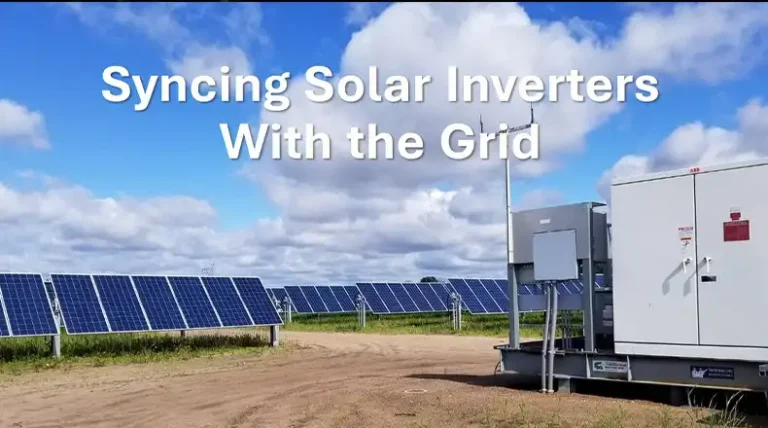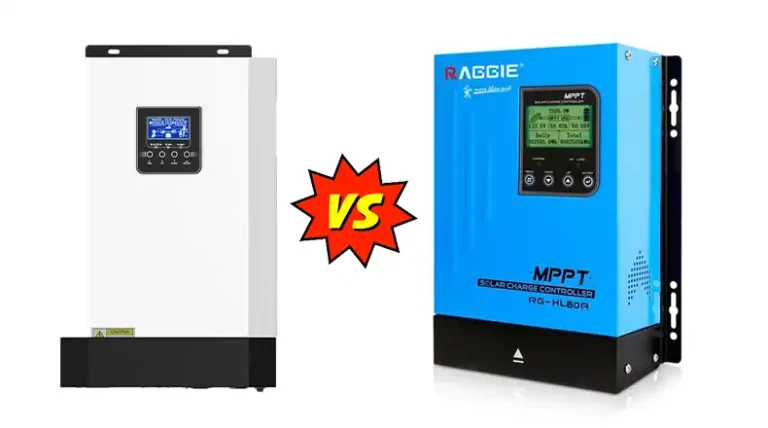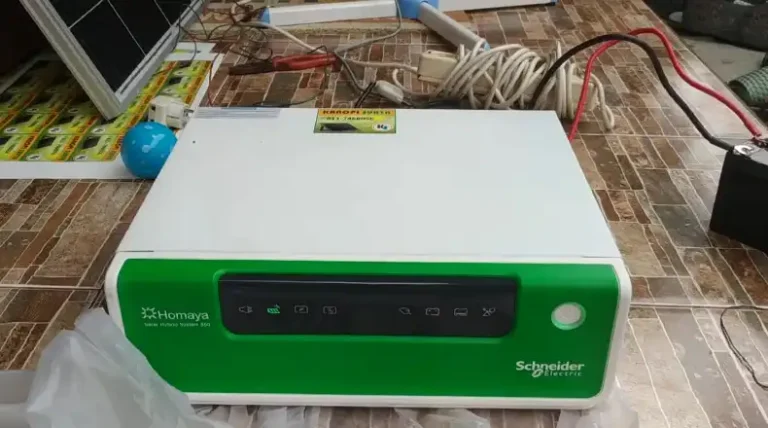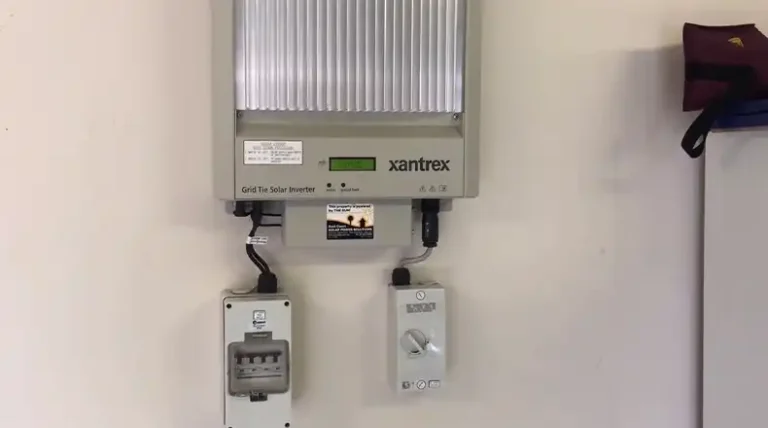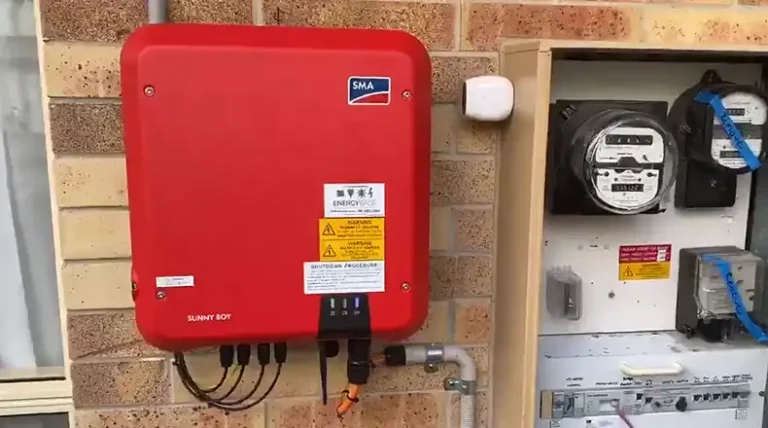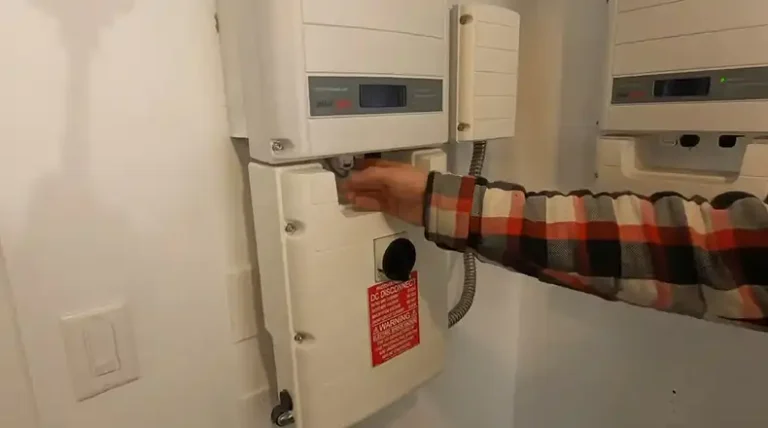What Size Solar Inverter Do You Need for Solar Panels? Explained
Choosing the right size solar inverter is crucial for maximizing the efficiency and performance of your solar panel system. The inverter converts the direct current (DC) electricity generated by your solar panels into alternating current (AC) that powers your home appliances.
Ideally, the inverter’s capacity should match the DC rating of your solar array. For example, a 5 kW solar array typically requires a 5 kW inverter.
However, factors like derating, future expansion plans, and the array-to-inverter ratio influence the optimal inverter size. Most installations slightly oversize the inverter, with a ratio between 1.1-1.25 times the array capacity, to account for these considerations.
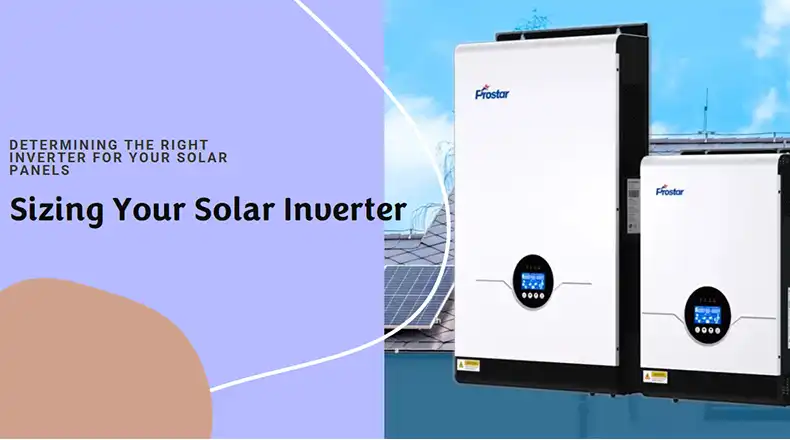
How Solar Inverter Sizing Works
The size of the solar inverter you need is directly related to the output of your solar panel array. The inverter’s capacity should ideally match the DC rating of your solar panels in kilowatts (kW). For example, if you have a 3 kW solar array, you would typically need a 3 kW inverter.
However, it’s common to oversize the inverter slightly to account for factors like derating and future expansion. This is known as the “array-to-inverter ratio,” which is calculated by dividing the DC array capacity by the inverter’s AC output. Most solar installations have a ratio slightly above 1, typically between 1.1 and 1.25. The maximum recommended array-to-inverter ratio is around 1.5-1.55.
Oversizing the inverter too much can lead to increased costs and inefficiencies, while under sizing can result in clipping, which is when the inverter can’t handle the peak power output from the solar panels, leading to energy losses.
What Factors Determine The Inverter Size
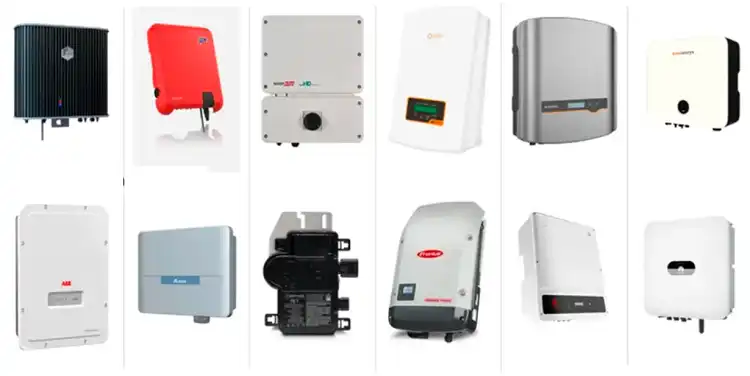
Solar Array Size
The size of your solar array is the most crucial factor in determining the appropriate inverter size. The inverter’s capacity should match the DC rating of your solar panels as closely as possible. For instance, if you have a 5 kW solar array, you would typically need a 5 kW inverter.
Array-to-Inverter Ratio
As mentioned earlier, the array-to-inverter ratio is the DC array capacity divided by the inverter’s AC output. Most setups have a ratio slightly above 1, up to 1.25, to account for factors like derating and future expansion. The maximum recommended ratio is around 1.5-1.55.
Future Expansion Plans
If you plan to add more solar panels to your array in the future, it’s advisable to upsize your inverter slightly to accommodate the potential growth. This way, you won’t have to replace the inverter when you expand your solar array, which can be costly and inconvenient.
Additional Considerations
Derating Factors
Derating factors are conditions that can reduce the output of your solar panels, such as high temperatures, shading, or soiling. To account for these factors, you may need to size your inverter slightly larger than the DC rating of your solar array. A qualified solar professional can help you determine the appropriate inverter size based on your specific conditions.
Inverter Clipping
Inverter clipping occurs when the inverter can’t handle the peak power output from your solar panels, typically during periods of high solar irradiance. This can lead to energy losses and reduced system performance. A correctly sized inverter minimizes clipping and ensures that you’re maximizing energy production from your solar array.
How to Calculate Inverter Size
While there’s no definitive formula for calculating the optimal inverter size, a common approach is to use the following equation:
- Inverter Size (watts) = Solar Panel Rating (watts) / Inverter Efficiency (%)
For example, if you have a 6 kW (6,000 watts) solar array and the inverter efficiency is 96%, you would need an inverter with a capacity of at least:
- Inverter Size = 6,000 watts / 0.96 = 6,250 watts (or 6.25 kW)
It’s important to note that this is a simplified calculation, and you should consult with a qualified solar professional to determine the optimal inverter size for your specific system and local conditions.
Here’s a table that provides a rough estimate of the inverter size needed for different solar panel wattages, assuming an inverter efficiency of 96%:
| Solar Panel Wattage | Recommended Inverter Size (Considering Array-to-Inverter Ratio 1.25) |
| 3,000 watts (3 kW) | 3,750 watts (3.75 kW) |
| 4,000 watts (4 kW) | 5,000 watts (5.0 kW) |
| 5,000 watts (5 kW) | 6,250 watts (6.25 kW) |
| 6,000 watts (6 kW) | 7,500 watts (7.5 kW) |
| 7,000 watts (7 kW) | 8,750 watts (8.75 kW) |
| 8,000 watts (8 kW) | 10,000 watts (10.0 kW) |
Keep in mind that these are rough estimates, and your specific inverter size may vary depending on factors like derating, future expansion plans, and local conditions.
Single-Phase vs. Three-Phase Inverters
Inverters can be classified as either single-phase or three-phase, depending on the type of electrical service you have. Single-phase inverters are typically used for residential solar installations, while three-phase inverters are more common in commercial and industrial settings.
The choice between a single-phase or three-phase inverter will depend on the size of your solar array and your electrical service. Generally, single-phase inverters are suitable for smaller solar installations (up to around 10 kW), while three-phase inverters are necessary for larger systems.
String Inverters vs. Micro-Inverters
There are two main types of inverters used in solar installations: string inverters and micro-inverters.
String inverters are the more traditional type, where a single inverter is connected to a series of solar panels (a “string”). These inverters are typically more cost-effective for larger solar arrays, but they can be less efficient if there’s shading or panel mismatch within the string.
Micro-inverters, on the other hand, are installed on each individual solar panel. This design allows for better energy production in cases of shading or panel mismatch, but micro-inverters are generally more expensive and can be more challenging to install and maintain.
The choice between string inverters and micro-inverters will depend on factors like your budget, roof layout, and shading conditions.
What Features You Should Look for In an Inverter
When selecting a solar inverter, it’s important to consider various specifications and features beyond just the size. Some key factors to consider include:
Efficiency: Look for inverters with high-efficiency ratings (typically 96% or higher) to maximize energy production.
Maximum Power Point Tracking (MPPT): MPPT technology helps the inverter extract the maximum available power from your solar panels.
Safety certifications: Ensure that the inverter meets relevant safety standards and certifications, such as UL 1741 or IEC 62109.
Monitoring and communication: Many modern inverters come with monitoring capabilities and communication ports for easy integration with solar monitoring systems.
Compatibility with energy storage: If you plan to add battery storage to your solar system in the future, ensure that the inverter is compatible with energy storage solutions.
Select Carefully
Selecting the properly sized solar inverter is essential for optimal energy production and efficiency in your solar panel system. While inverter sizing may seem complex with various factors to consider, consulting with a qualified solar professional can ensure you make the right choice. With the right inverter paired with your solar panels, you can maximize your return on investment and energy savings over the lifespan of your solar system.
FAQs
Can I oversize my inverter too much?
Yes, oversizing beyond the recommended array-to-inverter ratio of 1.1-1.25 can lead to inefficiencies and higher costs. The maximum ratio is typically around 1.5.
Do I need to replace my inverter if I add more solar panels?
Not necessarily. If you’ve already oversized your inverter to accommodate future growth, you may be able to add panels without replacing the inverter. However, consult a professional to ensure compatibility.
What is inverter clipping and why should I avoid it?
Clipping occurs when the inverter can’t handle the peak power from the solar array, leading to energy losses. A properly sized inverter minimizes clipping.

